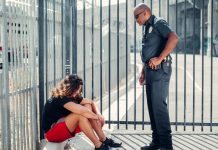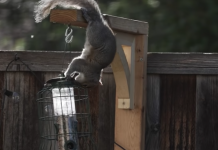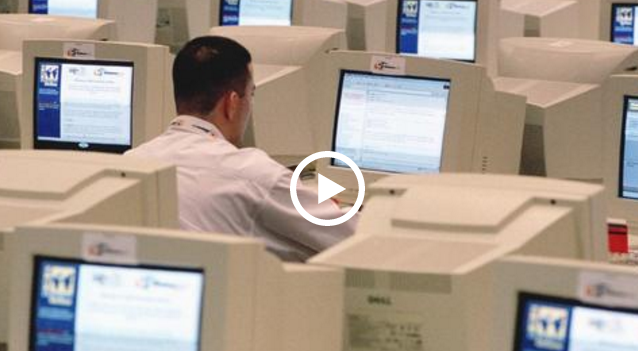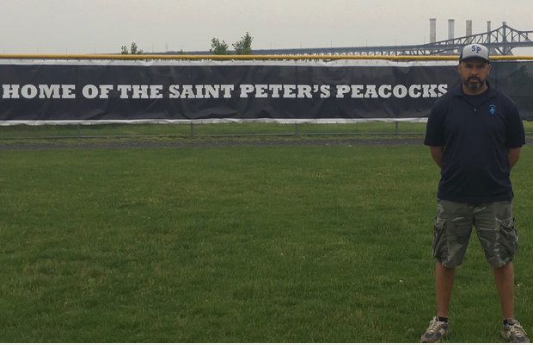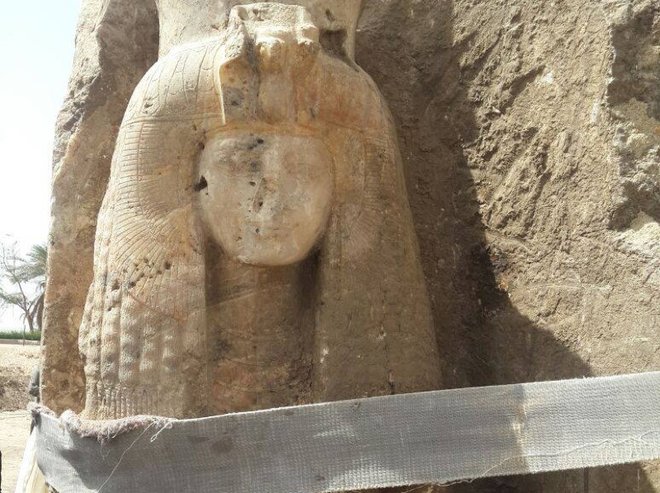Source: NJ.com
JERSEY CITY — On this cloudy June day, as St. Peter’s head coach Danny Ramirez makes his way across the infield, he carefully steps around goose droppings. Apparently, even the birds are leaving commentary on the quality of the baseball that has been played on the diamond overlooking the Pulaski Skyway in Jersey City.
St. Peter’s has just completed one of the most painful seasons in Div. 1 history – an 0-38 performance that gnawed at Ramirez and his players with each blowout loss that they were almost powerless to stop. The Peacocks were undermanned and overwhelmed. Still, they trudged to the field each day – hoping for that one miracle.
There’s a lot of heartbreak in losing every game – especially for Ramirez, who has been a player, scout and coach for 30 years. He knew there would be challenges in his first season as the Peacocks’ coach, but 0-38?
“I’ve never been a part of anything like this,” Ramirez said, sporting a beard that probably got more gray as the season went on.
As the losses mounted, Ramirez and his staff turned the season into a life lesson that was bigger than baseball.
“They were being told by me and the other coaches, ‘Look you have to learn to turn the page.’ In life, it’s not always going to be rosy,” Ramirez said. “You’re going to have moments when you wake up and just have a terrible day. What are you going to do — are you going to harp on that day for the rest of the week, or are you going to turn the page and try to get that next one?”
Thirty-seven times, St. Peter’s tried to get the next one. Give these guys credit: Not a single player quit. Oh, sure, five players transferred when Ramirez was named coach, not even staying long enough to meet him. But once the season started, not one guy bailed.
St. Peter’s fielded 22 players while most of their opponents dressed more than 30. Position players were forced to pitch, even though many hadn’t taken the mound since Little League. And pitchers were forced to pay the field for the first time in years.
It all produced an expected result: an ‘A’ for trying, but 38 L’s nonetheless. Pregame pep talks, no matter how fiery, don’t work when ground balls start going through legs.
“It just seemed like every time we started a game, we’d be at a disadvantage,” Ramirez said. “We’d give up six or seven [runs] in the first two or three innings. It’s tough to come back from that. We had 10 position players hitting below .230, which is kind of unheard of at this [level].”
Added sophomore pitcher Steve Epstein: “We made a lot of errors. I think part of that was that there was nobody to replace them. You can’t bench somebody for making too many errors because you have no one else to put in the game.”
They all remember the game they should’ve won: at 0-31, the Peacocks held a 7-5 lead over Siena in the top of the ninth inning. “We needed one more out,” Ramirez all but whispered as he recalled the loss that hurt the most. St. Peter’s gave up a three-run home run and couldn’t muster a rally.
Eventually, the losing took its toll, and although the players said the right things about forgetting and moving on, “We were OK with losing,” Epstein said.
Ramirez has to change that. St. Peter’s has to score more runs and make fewer errors, but the Peacocks must learn how to win, too – how to get that crucial hit or that crucial out when the game hangs in the balance. And, of course, St. Peter’s needs more talent. Somehow Ramirez must convince ballplayers to play for the Bad News Peacocks.
“Obviously it gets tough to convince people to come if you don’t have a history of winning,” Ramirez said.
But he’s trying.
“We have two third-base transfers coming from junior college, a left fielder coming from junior college … they’re upgrades to what we had this year, which would be pitchers playing those positions,” Ramirez said. “If we can get another two [or] three decent arms here in the next month, we’ll be in good shape.”
Ramirez – a former assistant at Monroe College when it moved from Div. III to Division I, was a head coach at Globe Institute of Technology, where he led the team to its first district tournament win. Neither of those programs is renowned, but both made progress under him. He knew what he was getting into at St. Peter’s, which has finished last in the MAAC Conference each of the past four seasons – “a great challenge,” he called it.
St. Peter’s joined Coppin State as the only Div. I baseball teams since 2000 to go winless during a season. Coppin State, with a student population of roughly 3,000 students, did it twice, going 0-44 in 2007 and 0-29 in 2009, according to Associate Director for the NCAA Jeff Williams.
When told about St. Peter’s season, Coppin State coach Sherman Reed has a one-word reaction: “Whoa.” But he also provided hope. After Coppin State went 1-52 in 2012, Reed hit the reset button and his team won 18 games the following season.
His advice for Ramirez: “You’ve got to come up with a specific, consistent mission plan that you can present to recruits coming in. As you bring in guys and recruit, keep drilling that in with the new group. The trust factor is important. They can’t get into the season, lose the first five games, and feel, like, ‘Here we go again, we may not win.'”
Ramirez, however, has his talking points.
“We’re going to create something big at St. Peter’s,” he said.
By: Mark Fischer







